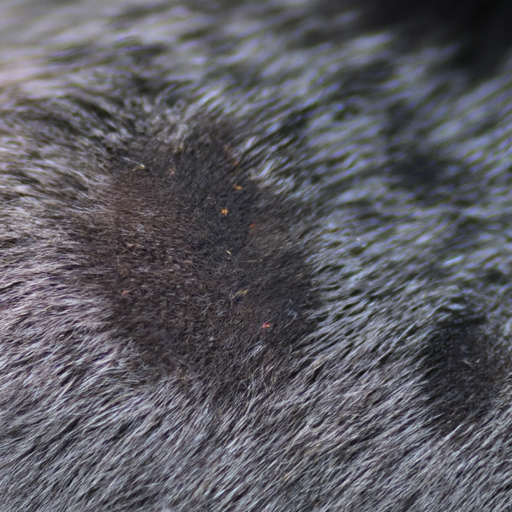As a loving pet parent, you are often the first line of defense when it comes to detecting health issues in your canine companion. One of the common concerns that dog owners face is the appearance of moles on their pet’s skin. But what do moles look like on dogs? Understanding this can be a crucial step in early detection and treatment of potential health problems.
Key Takeaways
- Moles on dogs are generally small, round and raised.
- They can appear anywhere on the body and vary in color from pink or red to black or brown.
- While most moles are harmless, some can be a sign of serious health issues like cancer.
- Regular grooming and inspection of your dog’s skin can help detect changes early.
- If you notice any changes or growths on your dog’s skin, it’s important to seek veterinary advice immediately.
Table of Contents
- What Are Dog Moles?
- How to Identify Moles on Dogs
- When to Worry About Dog Moles
- Frequently Asked Questions
What Are Dog Moles?
Moles, or nevi, in dogs are small, pigmented spots or bumps that can appear anywhere on a dog’s body. These growths can be flat or raised, and their colors can range from the color of the dog’s skin to black. Most moles are benign and harmless, but some may indicate underlying health issues like skin cancer.
The American Kennel Club provides further insights on the different types of skin issues that can affect dogs, including moles.
How to Identify Moles on Dogs
A mole on a dog will typically be a small, circular, raised area of skin. They can appear anywhere on the body and can vary in color from pink or red to black or brown. You may also notice that the mole has a smooth or rough texture.
The following are some steps to help you identify moles on your dog:
- Visual Inspection: Regularly inspect your dog’s skin for any changes or new growths.
- Touch: Feel your dog’s skin for any lumps or bumps. Moles are typically raised and can be felt easily.
- Monitor Changes: Keep track of any changes in the appearance, size, or color of the moles.
For a comprehensive guide on dog skin inspections and mole detection, visit OneTopDog’s guide on dog skin conditions.
When to Worry About Dog Moles
While most moles are harmless, some can be a sign of serious health issues like melanoma. It’s important to watch out for any changes in the mole’s size, shape, color, or texture. Additionally, if the mole starts bleeding, becomes painful, or if your dog seems to be bothered by it, it’s time to consult your veterinarian.
The Skin Cancer Foundation provides more information on the signs and symptoms of melanoma in dogs.
Frequently Asked Questions
1. What Causes Moles on Dogs?
Moles on dogs can be caused by a variety of factors including aging, sun exposure, and genetic predisposition.
2. Are Moles on Dogs Dangerous?
While most moles are harmless, some can indicate serious health conditions like skin cancer. If you notice any changes in your dog’s moles, it’s essential to consult your veterinarian.
3. How are Moles on Dogs Treated?
Treatment for moles on dogs depends on the underlying cause. Benign moles may not require treatment, while suspicious or cancerous moles may need to be surgically removed.
For more insightful articles on pet care, check out OneTopDog’s guide on common health issues in dogs and tips on dog grooming.
In conclusion, while moles on dogs are generally harmless, it’s crucial to keep an eye out for any changes or unusual growths on your dog’s skin. Regular grooming sessions are a perfect opportunity to spot these changes and take prompt action. Remember, early detection can make a significant difference in your dog’s health and wellbeing.



